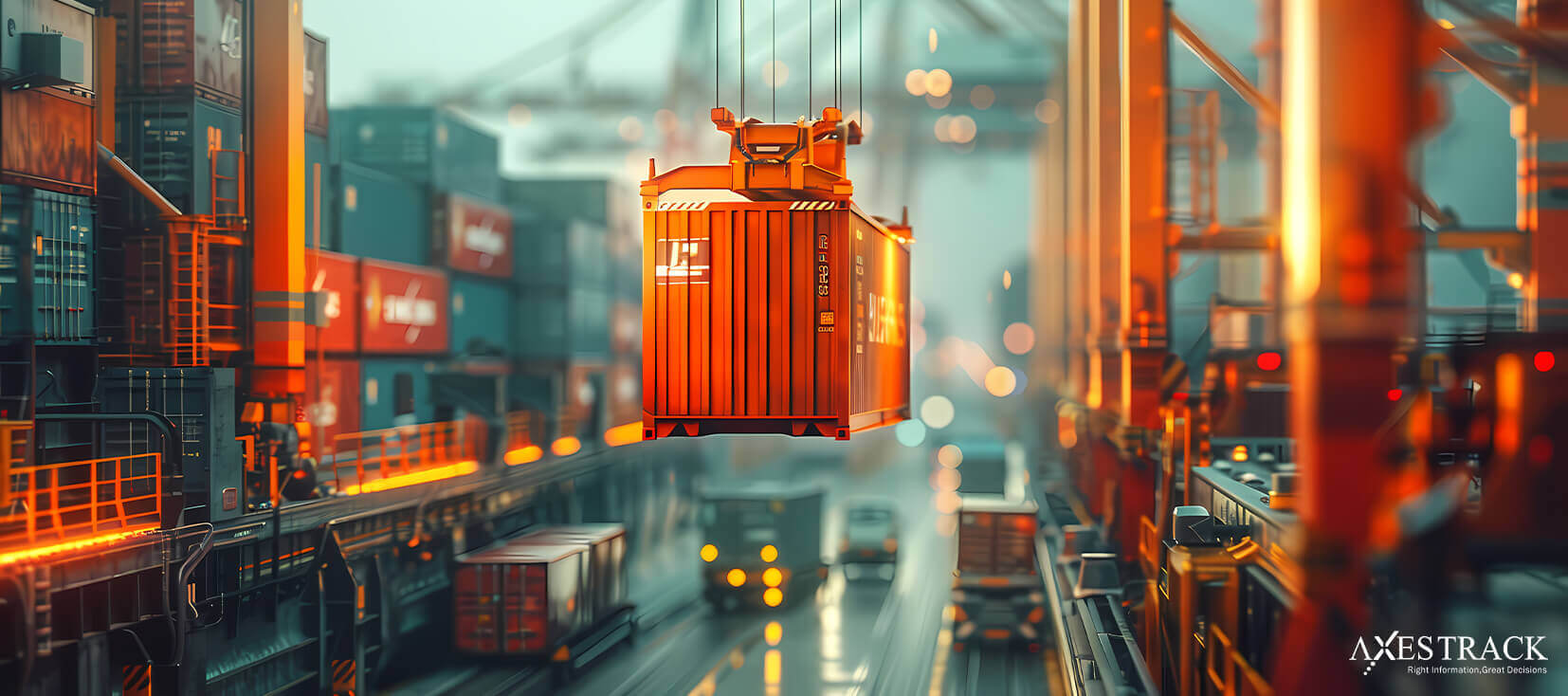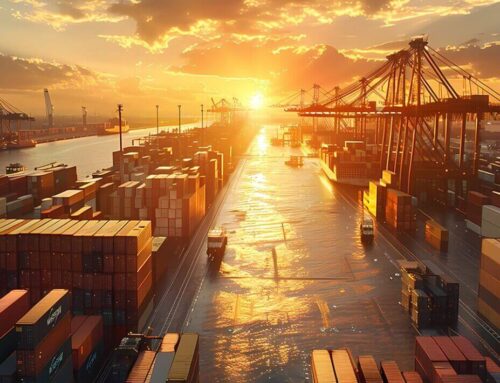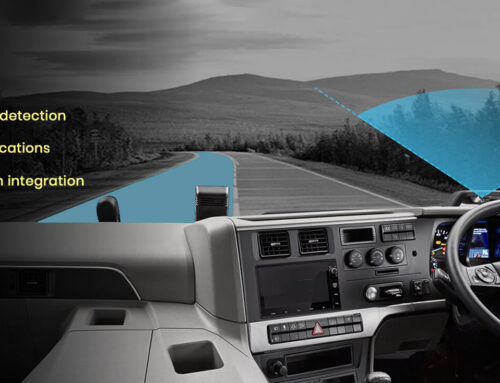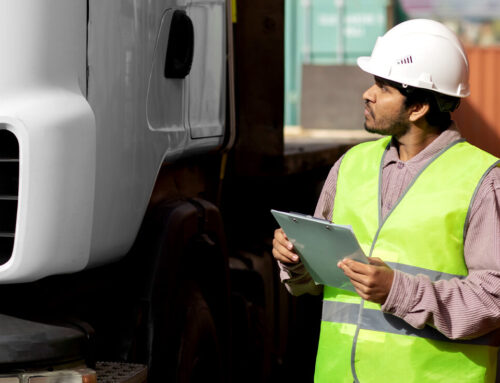Ports are the backbone of global trade, yet inefficiencies, security risks, and regulatory challenges threaten to slow them down. As cargo volumes increase, so do operational bottlenecks, leading to delays, rising costs, and sustainability concerns. Traditional port management systems struggle to keep up, making real-time visibility and automation critical for the next generation of efficient ports.
The Real Problem: Fragmented Port Operations
Despite technological advancements, ports still face significant challenges that hinder seamless cargo movement and overall efficiency:
- Terminal Congestion & Delays – Limited yard space, inefficient cargo stacking, and manual documentation prolong vessel turnaround times, impacting supply chain velocity and increasing detention costs.
- Lack of Real-Time Visibility – Siloed port management systems make tracking difficult, leading to misaligned berth scheduling, inefficient gate operations, and unexpected freight delays.
- Security Gaps & Compliance Risks – Unauthorized access, cargo pilferage, and evolving customs regulations demand stricter surveillance and automated documentation for regulatory adherence.
- Sustainability Pressure – Ports must align with carbon emission reduction targets, optimize berth scheduling, and enable fuel-efficient routing to meet global sustainability standards.
- Container Movement Bottlenecks – Limited container movement windows create long queues, leading to inefficiencies and delays in vessel loading and discharge turnaround time (TAT).
- CFS and Shipping Line Coordination – Lack of synchronized communication between container freight stations (CFS) and shipping lines slows down cargo transitions and increases operational inefficiencies.
- Rail Movement Tracking & Integration – Inefficient rail tracking systems create location inaccuracies, leading to mismanaged internal terminal transfers (ITT) and increased dwell times.
A Smarter Approach to Port Logistics
To overcome these hurdles, ports need an interconnected ecosystem that eliminates inefficiencies while ensuring security and compliance. A Connected Port Logistics framework powered by real-time data, AI-driven automation, and seamless system integration can transform operations by:
- Automating Cargo Flow – AI-powered scheduling, digitalized yard planning, and real-time berth management reduce vessel idle time, improving overall throughput.
- Ensuring Real-Time Freight Tracking – Live vessel positioning, predictive ETAs, and automated alerts help port authorities proactively manage freight movement.
- Reinforcing Security & Compliance – Smart geofencing, AI-powered anomaly detection, and automated customs documentation prevent security breaches and clearance delays.
- Enhancing Multi-Modal Cargo Coordination – Integrated workflows enable smooth transitions between road, rail, and sea, minimizing delays in cargo movement.
- Seamless Integration with TOS for ITT Automation – Automated internal terminal transfer (ITT) systems ensure accurate, real-time container tracking and improve inter-terminal efficiency.
How Intelligent Port Logistics Redefines Efficiency
Ports worldwide are moving towards automation to optimize asset utilization and operational efficiency. Key features driving this transformation include:
- AI-Powered Berth & Route Optimization Traditional berth management relies on static scheduling, often leading to inefficiencies. AI-driven route planning optimizes vessel berthing sequences, reduces fuel wastage, and maximizes terminal throughput.
- Unified Operational Command Center A real-time digital twin of port operations consolidates data from various touchpoints, offering complete visibility into vessel berthing, cargo transfers, and yard space allocation.
- Multi-Modal Cargo Transition & Coordination Seamless coordination across trucking, rail, and maritime logistics ensures efficient cargo movement, reducing transit delays and optimizing load handling.
- Data-Driven Port Performance Insights Advanced analytics provide real-time dashboards to track container dwell times, asset utilization, and operational KPIs, enabling informed decision-making for port operators.
- Optimized Vessel Load and Discharge TAT AI-driven scheduling and predictive analytics reduce vessel turnaround times by streamlining loading and discharge operations, minimizing port congestion.
- Long Queue Management for Limited Container Movement Windows Smart slot allocation and automated gate scheduling reduce queue lengths, ensuring smoother container flow during restricted movement periods.
Next-Gen Port Logistics: Driving Efficiency with Smart Connectivity
The future of port logistics is centered around digital transformation. Ports that leverage intelligent automation and integrated systems gain a competitive edge by enhancing efficiency, ensuring regulatory compliance, and reducing environmental impact. Axestrack’s Connected Port Logistics empowers port operators with a comprehensive, data-driven solution to tackle congestion, improve security, and drive sustainability.





